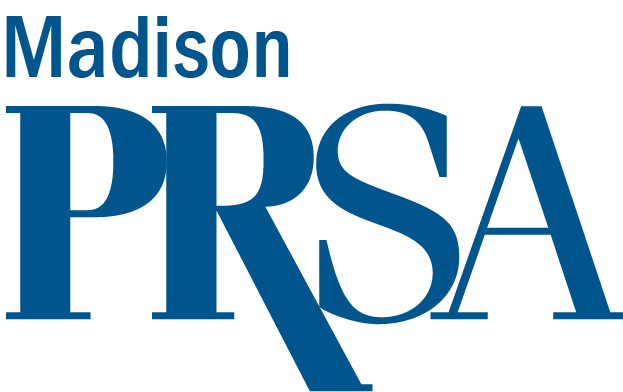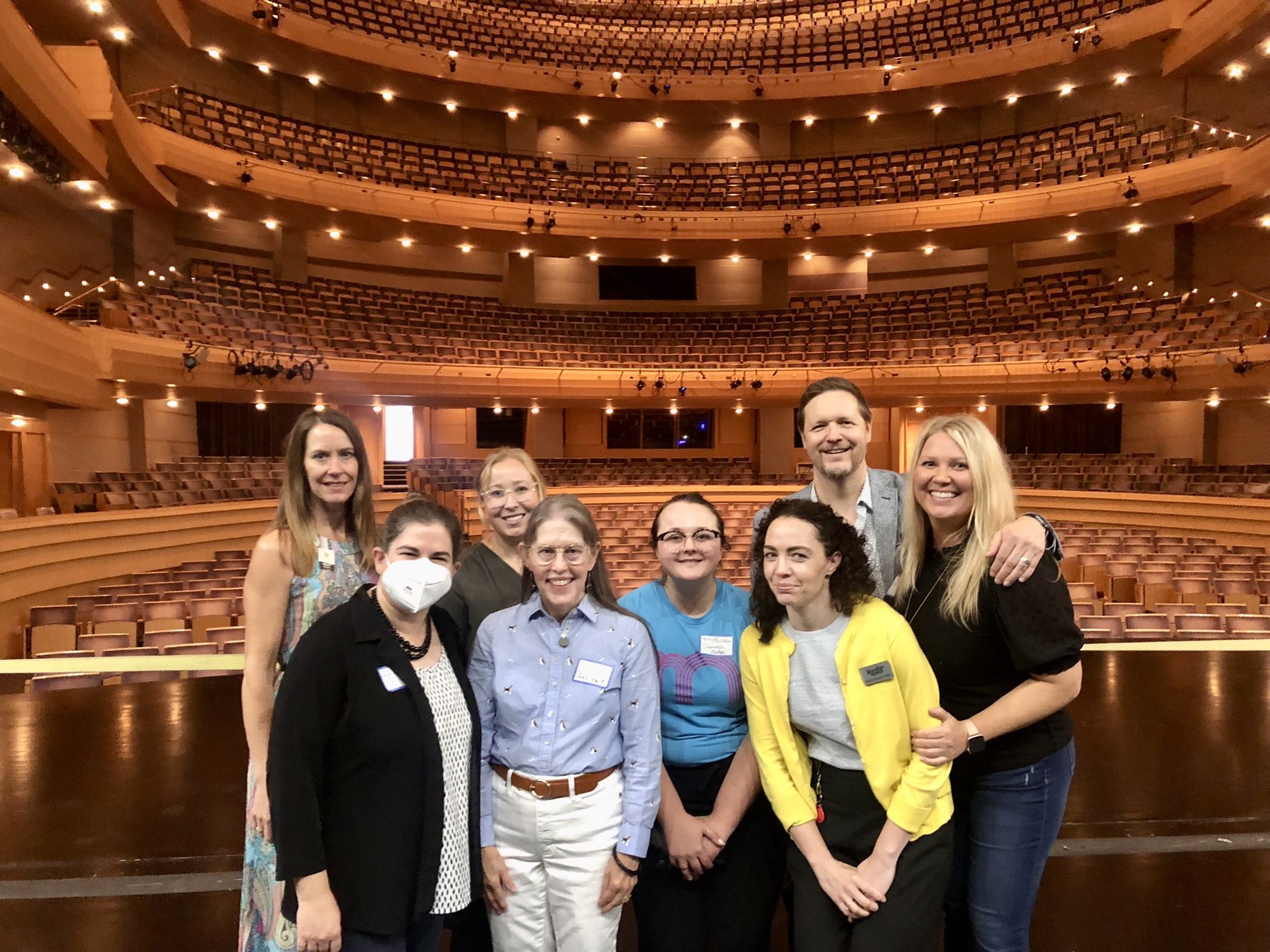The Art of Communications during a Crisis
by Shari Gasper, communications director, Overture Center for the Arts
On March 13, 2020, in response to the outbreak of COVID-19 cases in our community, Overture Center for the Arts in downtown Madison closed its doors, canceling all performances and events.
As a performing arts center that was closed indefinitely, we were faced with a major problem: how do we continue to provide “extraordinary experiences for all” (Overture Center’s vision), and how do we “support and elevate our community’s creative culture, economy and quality of life through the arts” (Overture Center’s mission)—when we couldn’t be together in person? And ultimately, if we couldn’t fulfill our vision and mission, how would Overture Center survive the pandemic?
In June 2020, in an act of financial preservation, Overture reduced overhead expenses and workforce by 60%. Through these cost-saving measures, we worked to secure a future for Overture.
Overture Center was in survival mode. But during our closure, we remained hopeful that “the show would go on,” and we’d be back after our “intermission.” Our closure became known as our “intermission.”
As we explored options and next steps, we conducted content analysis and internet research, studying the websites of the Centers for Disease Control and Prevention, Public Health Madison & Dane County, Wisconsin Department of Health Services and many more. We participated in advisory panels, meetings and conversations, conducted in-depth interviews, and tracked feedback and correspondence.
We created a communications campaign with the goal to position Overture to reopen after our intermission so we could continue to provide “extraordinary experiences for all.”
Our key public was our donors, the people who know us best, who have supported us in the past and believe in our mission. Next, the campaign focused on subscribers and ticket buyers, people who know us and like us.
The campaign’s first objective was to raise $1.5 million in contributions during our Intermission Campaign from September 1 through December 31, 2020. Our strategies were to motivate people to give by spreading the message of our plight to our key publics, so they know about our need for their financial support, and to inspire people to give by sharing impact stories, so our key publics know why it’s important to support Overture.
Our tactics included targeted emails, a donor newsletter featuring articles about the intermission and the fundraising campaign, press releases to local media to help spread our message, and a new virtual Overture Forum series to share information and stay connected with our community. We also started the Overture blog, featuring numerous stories from artists, volunteers, donors and fans. Overture worked to stay in front of our patrons and donors, sharing stories about our impact in the community and our need for support.
By December 31, 2020, the campaign received more than 2,200 donations and raised $2.2 million.
Our second objective was to engage Overture’s key publics while it was closed by communicating at least 12 programming opportunities between July 1, 2020, and June 30, 2021. This objective was key in fulfilling Overture’s mission “to support and elevate our community’s creative culture, economy and quality of life through the arts.”
The strategy was to market and communicate digital arts experiences to drive participation in events. The programs were marketed and communicated on our website and social media. We sent e-newsletters, targeted emails, reminders, thank you notes and press releases.
During that year, we presented 21 virtual events! Engagement was good, and media coverage was helpful in promoting the events.
Our next objective was to inform guests of our health and safety policies during our reopening, September-December 2021. The strategy was to communicate the health and safety information in as many ways and places as possible.
We posted policies on our website, drawing attention to our health and safety page through a red alert bar at the top of each screen as well as on each event page. Messages popped up during the ticket buying process, and all pertinent details were included in our “Know Before You Go” emails. Signs were posted on all exterior doors, and even the local media mentioned our policies in articles and TV news segments.
Testimonials were helpful in this stage of the campaign as well, hearing from people who attended shows and said they felt safe and appreciated our health and safety policies. A video with the testimonials was added to outgoing emails.
Overall, reopening went smoothly, and most people understood our policies and came prepared.
Our 18-month intermission was the most challenging and uncertain time in the organization’s history, and communications played a major role in everything we did.
We are grateful for the community’s support and thrilled to be open again, welcoming people into our building every day for extraordinary experiences.

